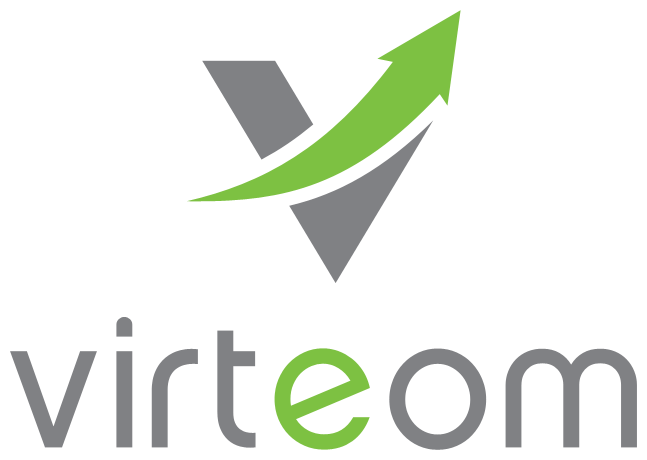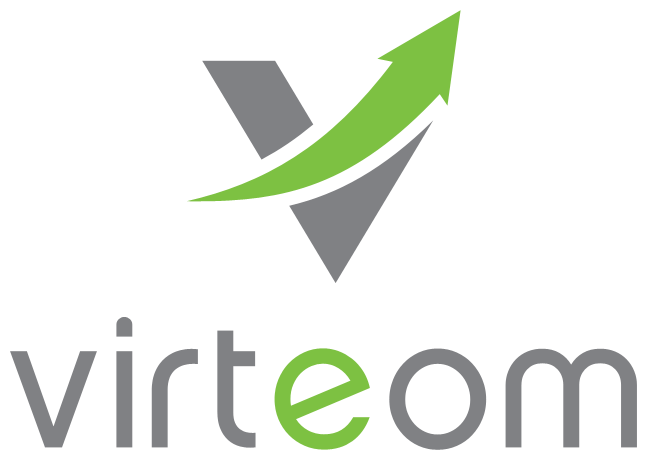How-To Articles - Author: Danni Bennett
Author: Danni Bennett
Editing On-Page Content
Using Virteom, you can edit any of the body content of your pages. Generally speaking, this is the main content area on the page. In some cases there are multiple areas that can be edited, but that depends on your site's design and layout. There are two ways to make a page editable. Which you use depends on preference and if you are already viewing the page you want to edit. To make the current page editable To make the current page editable, you must be logged into Virteom. Then, while viewing the page you want to edit, click the Editor link in the Menu Bar. Each editable text area on the page will have a dotted line around it. You can click inside that editable area to work with it. To select a page to edit If you are not viewing the page you want to edit, you may click the Navigation link in the Menu Bar, find the page you want to edit within the Navigation window, and click its Edit (arrow) icon. The page will appear with a dotted line around the editable area(s), and a Content toolbar will be visible. Editing the content The part of your website inside that dotted line is much like any document in a word processor. You can add, delete, and change text just by typing. You can also format that text using the WYSIWYG (What You See Is What You Get) editor. That means you do not need to know HTML or other programming languages. As you use the Content toolbar, the code for your selected formatting will be applied
Working with Links
Links are clickable spots (the "link") on a webpage that take the visitor elsewhere (the "target"). A link may take the visitor to another page on your site (an "internal link"), to a page on a different website (an "external" or "outbound link"), or to a different spot on the same page (an "anchor link"). They may also open an email message addressed to a particular email address in the visitor's default email program. (Note that we generally do not recommend this type of email link as it can be a target for spam and, depending on the email program used by the visitor, they do not always work as expected.) The clickable spot can be text or an image. If it's text, it is usually formatted in such a way to indicate to the user that it's clickable. Historically, this has been through an underline, but, depending on the design of your website, it may be through a different color or a hover affect (the text style changes when you point to it with the mouse). Regardless of the type of link or target, the process of creating a link is done basically the same way. To create a link: Select the item you want to become the link (text or a picture). Click the "Link" button (two links of a chain) on the text editor toolbar. Complete the necessary options in the "Link" dialog box. Click "OK." Save the change by clicking the "Save Content" button. The "Link" dialog
Using Your Website Report Card
Your website Report Card is at the heart of the Virteom success system. It's your go-to report for the health of your website, its SEO, and the leads it generates. The Report Card is chock full of information, so it's a good idea to review it on a regular basis (monthly, at a minimum) and make sure you understand what the data means and how you can improve your scores. You can also get a 1000-foot view simply by looking at the Health Meter for your website. This number is a proprietary calculation that looks at content, SEO and website traffic to give you a general feeling about the site's health. Your goal is 100% health, but the higher the number the better. You can view the Health Meter for your site by clicking the "Manager" link in the Virteom toolbar. Access to the Report Card is just to the right. Click the Report Card icon to view the "Website Report Card and Optimization Suggestions" screen. The Report Card is broken up into several sections, including: Traffic analytic data SEO checkpoints Suggested density words Possible leads Traffic sources Developer awareness data Traffic Analytic Data The first area of the website Report Card shows information gleaned via Google Analytics and is designed to give you a quick and useful view into the amount of traffic coming to your site and what they do once there. By default, the numbers are reflective of the most recent 30 days and include a comparison (the blue line on the graph)
Adding and Deleting Pages
As your site grows and changes over time, you may have the need to add or remove pages from it. It is also important from a search engine optimization standpoint to keep your content fresh and changing. While editing content on an existing page is good, adding new pages is better. The information below refers to adding an deleting normal web pages. To work with blog posts, see Adding and Editing Blog Posts. Adding a New Page To add a new page to your website, you must first decide where you want it to fall within the navigation. For example, if you want it to appear under the "About Us" menu, you need to add the page to the About Us section. The section where you want the new page to fall is called its "parent." There may be times when you want to add a page that does not appear within the navigation. For example, you may be creating a stand-alone landing page. In that case, you'll need to add the page to non-menu-related section. Depending on how your site is setup, you may have a section called "Hidden." If so, adding a new page to this section hides it from the navigation (but doesn't hide it from website visitors). If not, you can add the new page on the same level as your site's Home page. In other words, make "Home" the new page's parent. To add a new page: Once you've logged in click on 'Navigation' from the left hand panel On the right hand side you'll see all the pages on your website organized i





